![]()
![]()
![]()
Use LEFT and RIGHT arrow keys to navigate between flashcards;
Use UP and DOWN arrow keys to flip the card;
H to show hint;
A reads text to speech;
59 Cards in this Set
- Front
- Back
- 3rd side (hint)
|
Name the general term for primary sex organs, and what are they called and females and males? |
Gonads and testes/ovaries |
|
|
|
What are the male and female gametes called? |
Sperm, ovum |
|
|
|
Name the three accessory sex glands in the male, and what do they produce? |
Seminal vesicles, sperm nutrients Prostate gland, PSA Bulbourethral gland, mucus |
|
|
|
Starting in the seminiferous tubules, trace the sperm pathway to the outside world |

S. T., tumulus rectus, rete testis, epididymus, vas deferens, ejaculatory duct, urethra |
|
|
|
Name the three erectile bodies in the penis |
Corpus Spongiosum, Corpora cavernosa |
|
|
|
Starting in the ovary, trace a pathway to the outside world |
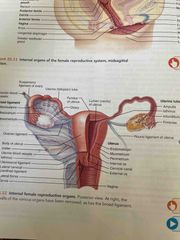
Uterine tube(fimbria, infundibulum, ampulla, isthmus), uterus, cervical canal, vagina |
|
|
|
What does the Greek word salpinx mean? |
Trumpet, as in fallopian tube |
|
|
|
Name the three layers of the uterus |
Perimetrium, myometrium, endometrium |
|
|
|
Which layer of the endometrium is shed during menstruation |
Stratum functionalis |
|
|
|
Name the three phases of the uterine cycle |
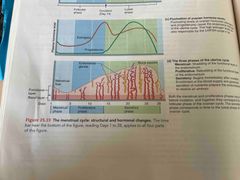
Menstrual, proliferative, secretory |
|
|
|
Where are interstitial cells located? What is their function? |
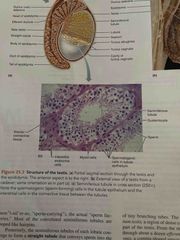
Interstitial cells are clusters in the loose connective tissue between the seminiferous tubules. The cells secrete testosterone. |
|
|
|
What is meant by the phrase, “sperm mature in the epididymis”? |
In the epididymis, sperm gain the ability to swim in the ability to fertilize egg |
|
|
|
Where is the ejaculatory duct located? |
The ejaculatory duct is located at the junction of the ampulla of the ductus deference and the duct of the seminal gland. This duct passes through the prostate and empties into the prostatic urethra. |
|
|
|
Which pair of accessory glands produces a majority of the semen |
Approximately 60% of the volume in semen is produced by the seminal glands |
|
|
|
Which erectile tissue does the urethra pass through? What is this portion of the urethra called? |
Do you read the passage through the corpus spongiosum and thus this portion of the urethra is called the spongy urethra |
|
|
|
Which erectile tissue does the urethra pass through? What is this portion of the urethra called? |
Do you read the passage through the corpus spongiosum and thus this portion of the urethra is called the spongy urethra |
|
|
|
How many spermatids are formed from each primary spermatocyte? |
Each primary spermatocyte produces four spermatids |
|
|
|
Which erectile tissue does the urethra pass through? What is this portion of the urethra called? |
The urethral passage through the corpus spongiosum and thus this portion of the urethra is called the spongy urethra |
|
|
|
How many spermatids are formed from each primary spermatocyte? |
Each primary spermatocyte produces four spermatids |
|
|
|
What roles do sustentocytes play in sperm formation |
Sustentocytes help to form sperm by nourishing spermatogenesis cells and moving the cells toward the tubular lumen. Secretion from Sustentocytes influence testosterone and FSH levels and function either to stimulate or to inhibit sperm formation. Tight junctions between adjacent sustentocytes form the blood testis barrier, which prevents sperm from attack by the immune system. |
|
|
|
What are the components of the head of the sperm? of the midpiece? of the tail? |
The head of the sperm contains the nucleus and the acrosome. the midpiece contains mitochondria and tail is a flagellum |
|
|
|
What type of tissue lines the uterine tubes? How does this aid in capturing the ovulated oocyte? |
The uterine tubes are lined with ciliated and unciliated columnar epithelium. The beating of the cilia produces movement of the peritoneal fluid to draw the oocyte into the uterine tube. |
|
|
|
Names of peritoneal supports of the female reproductive structures. To which organ does each attach |
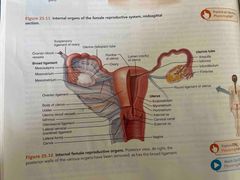
peritoneal folds that support the female reproductive structures are the broad ligament composed of the mesometrium to the uterus, the mesosalpinx to the uterine tubes, and mesovarium and suspensory ligament to the ovary |
|
|
|
Describe the location of each of the following structures:(a). fundus of the uterus (b). infundibulum to the uterine tube (c). endometrium |
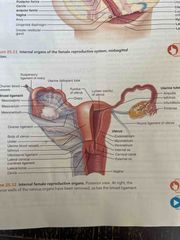
(A) the fundus of the uterus is the region superior to the entrance of the uterine tubes (B). the infundibulum is the lateral funnel shaped opening of the uterine tube (C). the endometrium is the innermost layer of the uterine wall |
|
|
|
Which hormone stimulates follicle development in the ovaries |
Follicle-stimulating hormone stimulates follicle development in the ovary |
|
|
|
During which period of a females life, do stem cells, oogonia, produce oocytes? does this differ from spermatocyte production in males? |
Oogonia Differentiate into oocytes during the fetal period in females. In males, spermatogonium differentiate into spermatocytes throughout a males adult |
|
|
|
What is the corpus luteum and what role does it play in the ovarian and uterine cycle? |
The corpus luteum is a remnant of the ovarian follicle after ovulation. the corpus luteum secretes progesterone, which stimulates the secretory phase of the uterine cycle |
|
|
|
What is the corpus luteum and what role does it play in the ovarian and uterine cycle? |

The corpus luteum is a remnant of the ovarian follicle after ovulation. the corpus luteum secretes progesterone, which stimulates the secretory phase of the uterine cycle |
|
|
|
What are the medical modulus of the following female genitalia structures:(a) labia majora, (b). major clitoris (c). bulb of the Vestibule |
A. The female labia majora are homogolous to the males scrotum B. The clitoris is homogolous to the corpora cavernosa of the penis. C. The bulb of the vestibule is homogolous to the corpus spongiosum |
|
|
|
When does the glandular portion of the breast develop in females |
The glandular portion of the breast develops midway through pregnancy |
|
|

Front (Term) |
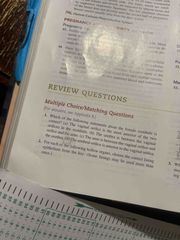
Back (Definition) |
|
|
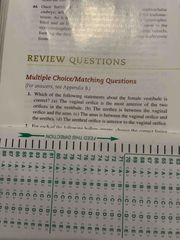
Front (Term) |
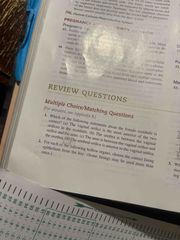
Back (Definition) |
|
|
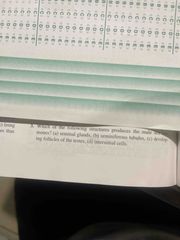
Front (Term) |
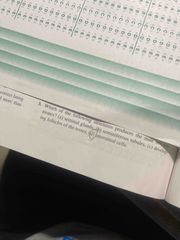
Back (Definition) |
|
|
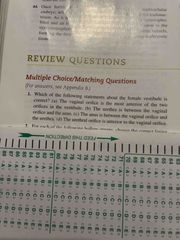
Front (Term) |

Back (Definition) |
|
|
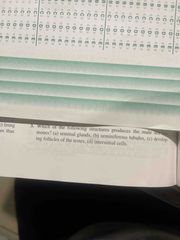
Front (Term) |
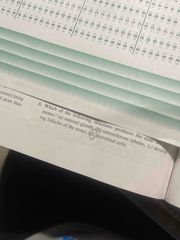
Back (Definition) |
|
|
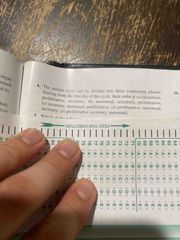
Front (Term) |
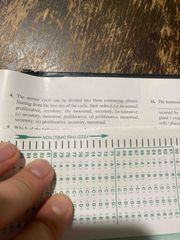
Back (Definition) |
|
|
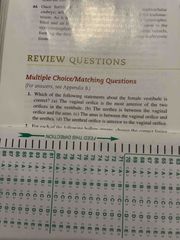
Front (Term) |
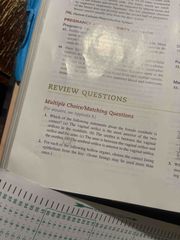
Back (Definition) |
|
|
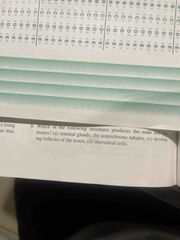
Front (Term) |

Back (Definition) |
|
|
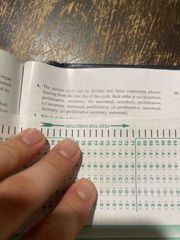
Front (Term) |

Back (Definition) |
|
|

Front (Term) |
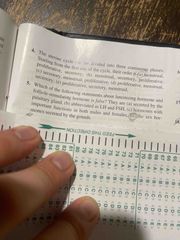
Back (Definition) |
|
|
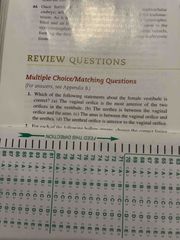
Front (Term) |

Back (Definition) |
|
|
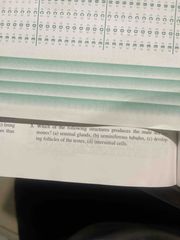
Front (Term) |
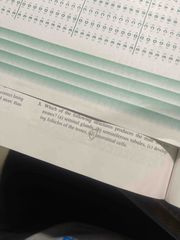
Back (Definition) |
|
|
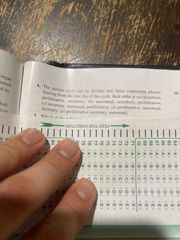
Front (Term) |
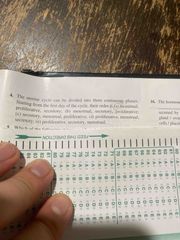
Back (Definition) |
|
|
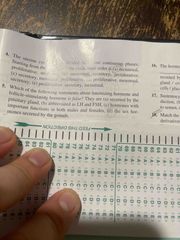
Front (Term) |
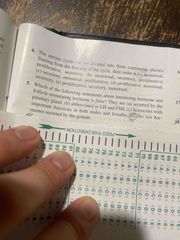
Back (Definition) |
|
|
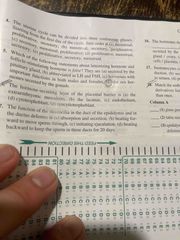
Front (Term) |
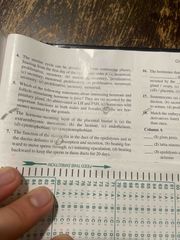
Back (Definition) |
|
|

Front (Term) |
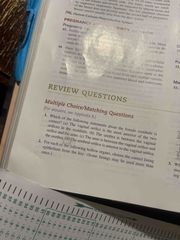
Back (Definition) |
|
|
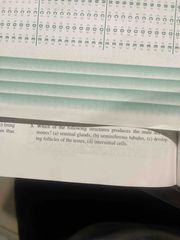
Front (Term) |

Back (Definition) |
|
|
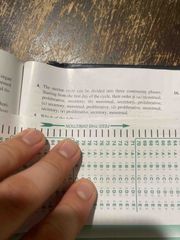
Front (Term) |

Back (Definition) |
|
|
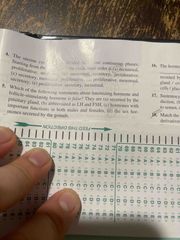
Front (Term) |
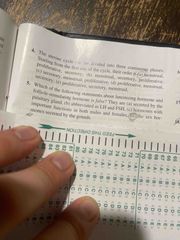
Back (Definition) |
|
|
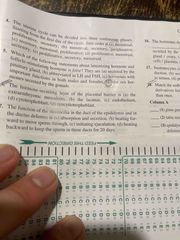
Front (Term) |
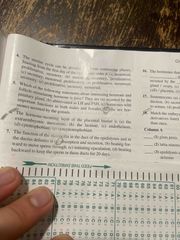
Back (Definition) |
|
|
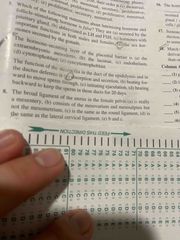
Front (Term) |
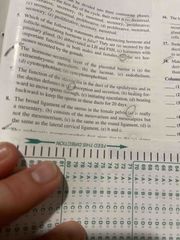
Back (Definition) |
|
|
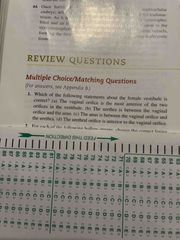
Front (Term) |
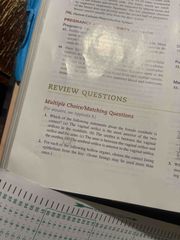
Back (Definition) |

|
|
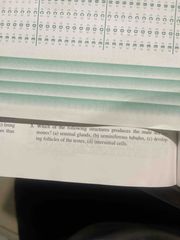
Front (Term) |

Back (Definition) |
|
|
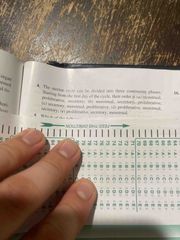
Front (Term) |
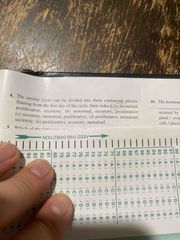
Back (Definition) |
|
|
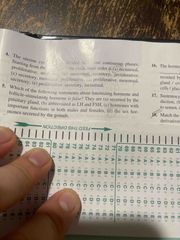
Front (Term) |
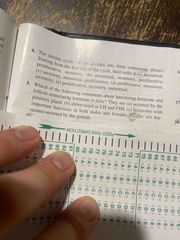
Back (Definition) |
|
|
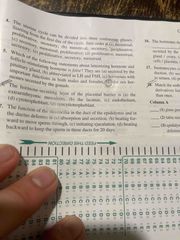
Front (Term) |
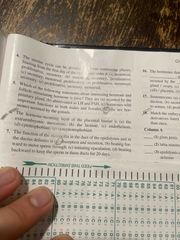
Back (Definition) |
|
|
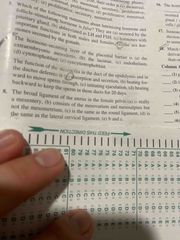
Front (Term) |

Back (Definition) |
|
|
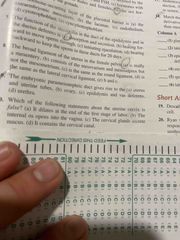
Front (Term) |

Back (Definition) |
|
|
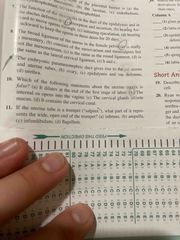
Front (Term) |
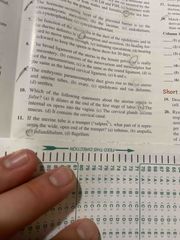
Back (Definition) |
|

